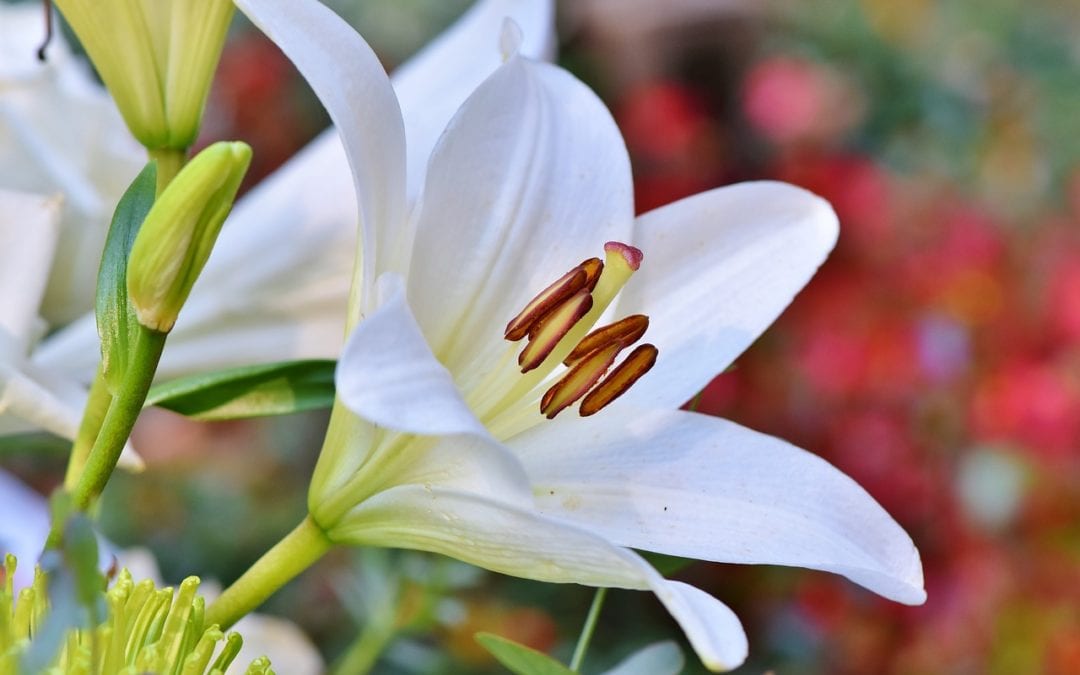We spend so much time and effort taking the best care of our kitties, that the last thing we want is to accidentally injure them. Unfortunately, many common houseplants and cut flowers are very dangerous or even deadly to our sweet lap-prowlers, making our best efforts futile in the face of our foliage.
The list of toxic plants is, unfortunately, quite extensive; but we don’t typically bring most of the plants on that list inside. However, if you have an indoor-outdoor cat, you’ll want to take note of those that may be found in your yard, and either cordon them off from your kitty, or get rid of them all together. While most outdoor cats will stay away from these plants naturally, it’s best to err on the side of caution when it comes to your fabulous feline.
Poisonous House Plants for Cats
Here is a list of the most dangerous plants we are prone to bringing inside. If you know your cat has ingested one of these plants, take the plant to the vet with you, it will help us treat your cat faster and more effectively.
- Lily
- Aloe
- Azalea
- Mistletoe
- Holly
- Poinsettia
- Tulips
- Chrysanthemum
- Marijuana
- Rhododendron
Note that the lily is one of the worst offenders with all parts of the plant being toxic to cats.
Symptoms of Plant Poisoning
The range of symptoms is as varied as the plants themselves, but some key behaviours include:
- Excessive drooling
- Vomiting
- Diarrhea
- Difficulty swallowing
- Tremors or convulsions
- Lethargy
If your feline shows any of these symptoms, chances are you should bring him or her into the vet anyway, but if you suspect he ingested a dangerous plant, don’t hesitate to come in, or at least call for guidance.
Something to Chew On
Since many cats have the urge to chew on greenery, give them a positive choice. Growing your own catnip is a great alternative, as is cat grass. Many cat’s need a little roughage in their diets, just like we do. So if you see your kitty sniffing around the greenery, take that as your cue to bring on the (healthy) greens!
The best way to protect our cats is to keep them away from dangerous plants completely. Putting the plants where they can’t get to them is a serious challenge as our little daredevils seem to find their way anywhere.
Many, many houseplants are perfectly safe for felines, so educate yourself if you’re an avid indoor gardener. If you have a habitual plant attacker in your house, you may need to forgo the houseplants altogether and find some more exciting distractions for that mighty hunter.

